ARCHITECTURE THROUGHOUT HISTORY
- HOMO ERECTUS (1 600 000 – 200 000 B.C.) Architecture was born as the need of shelter with the homo erectus, who were the first that started building homes.The center of their homes was a fireplace.
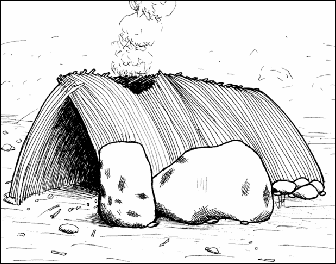
- HOMO NEANDERTHALENSIS (100 000 – 40 000 B.C.) Homo neanderthalensis developed agriculture so they could live in the same place as long as the wanted (normally caverns).
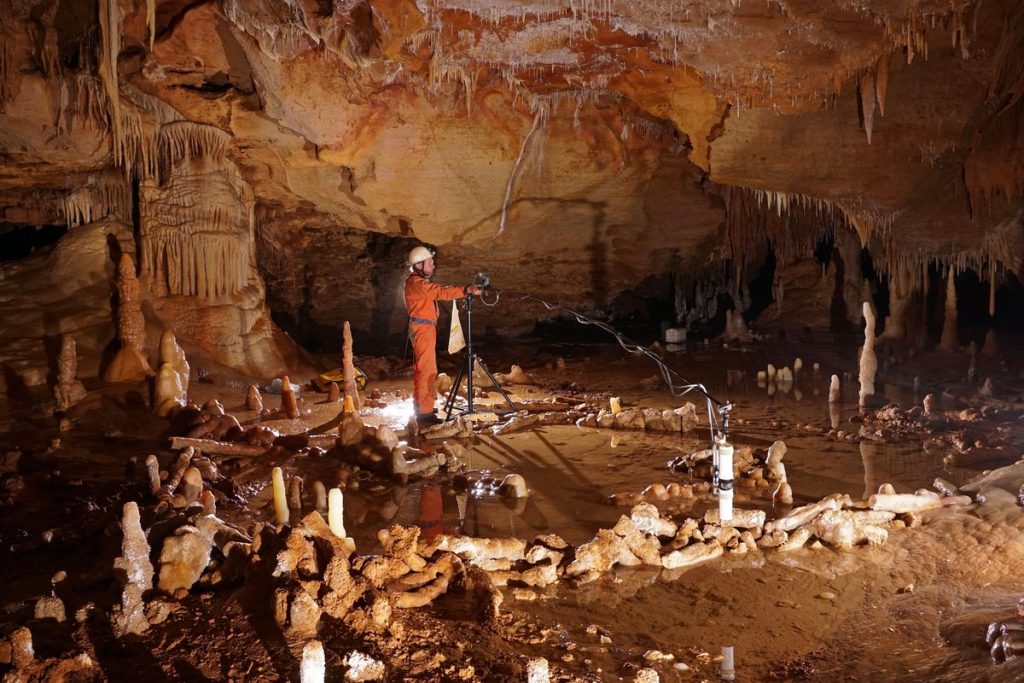
- HOMO SAPIENS (40 000 B.C.) Homo sapiens had a great intellectual capacity and lived in caverns and shelters (dwellings) in eastern europe.

- 8 000 B.C. Once agriculture was firmly established, they were encouraged to create permanent houses and the first cities were built. They started organizing society and different type of buildings appeared. The materials they used were adobe bricks, wood, mud and vegetable mats.
- PROTOHISTORY (4 000 B.C.) In protohistory cities were built near rivers and in fertile zones. They also made religious temples called ziggurats, which were temples built on top of platforms, overlapped and stepped with ramps and stairs, imitating the dwellings of the gods.. Several important large cities were developed and are still permanently inhabited in Mesopotamia. .
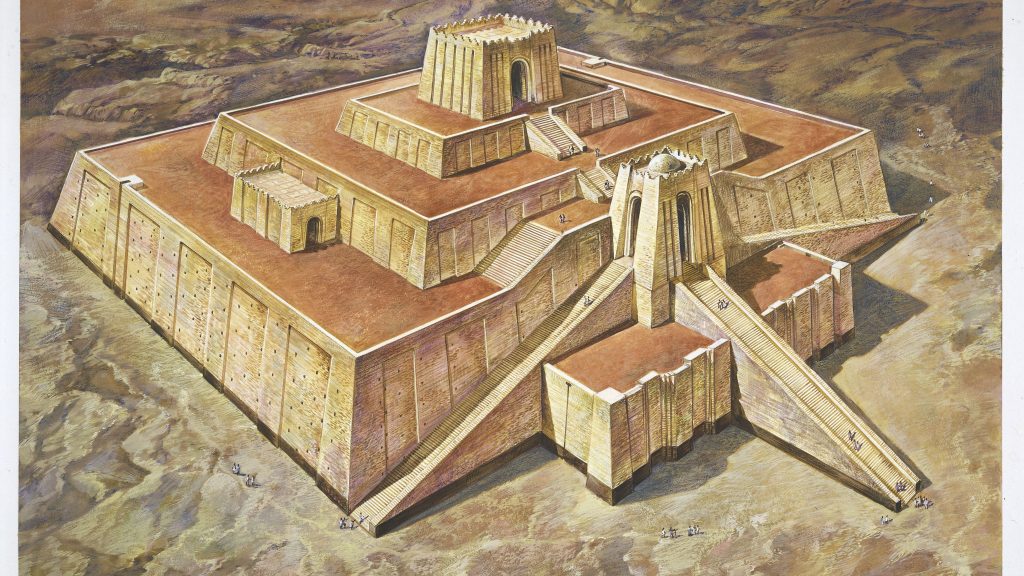
- THE EGYPTIANS (3 500 B.C.) The Nile river was the most essential factor of these architecture. Their civilization survived almost 3 000 years. Egyptians started with geometry and they built pyramid and religious temples. the first architect was an egyptian called IMHOTEPH, he created the pyramids as a funerary place. The architecture was about permanence and immunibility, with purposes of order and continuity.
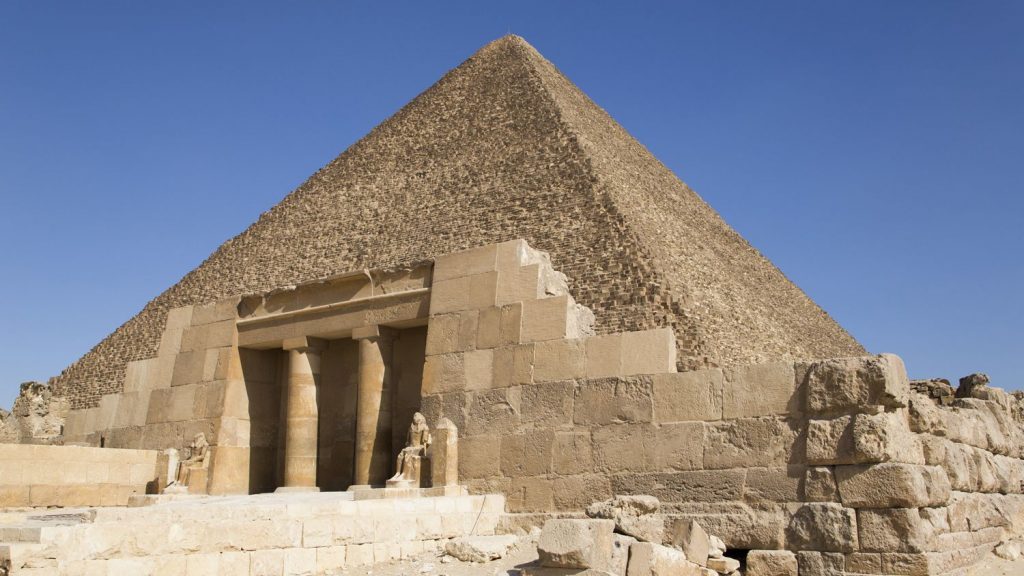
- THE GREEKS (1 200 B.C.) They learned a lot from Egyptian architecture evolving it and creating their own style. The aim was to achieve excellence in all the possible forms. Greeks created independent cities called POLIS in which the agora was the center of their community life. Their most important building was the temple, which was dedicated to a divinity. They built simple houses with a courtyard in the center
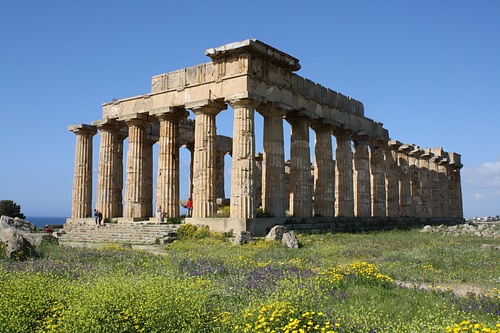
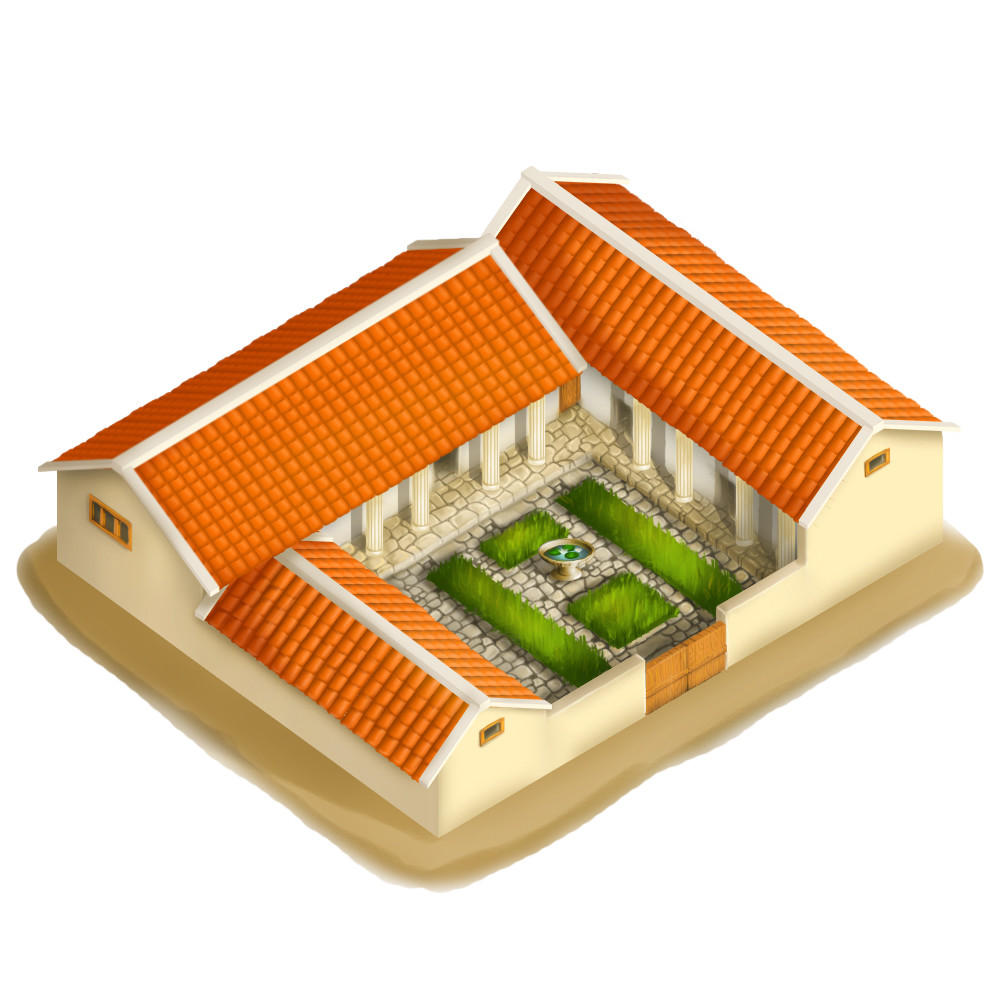
- THE ROMANS(1 100 B.C.) The Romans started to spread around the Mediterrenean developing a universal architecture. They discovered concrete, but not the one we know nowadays, it was lime. Thanks to its durability we still have roman buildings nowadays. Their cities were structured with orthogonal planning with two main streets that came from the forum (centre). Also, a characteristic building of this period were the theatres, derived from the Greeks.
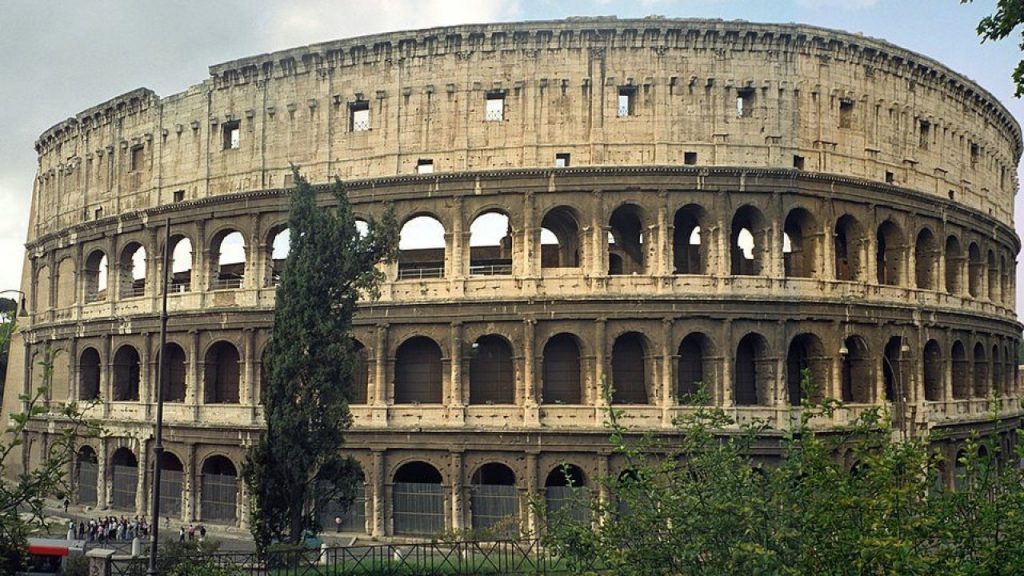
Comentarios recientes